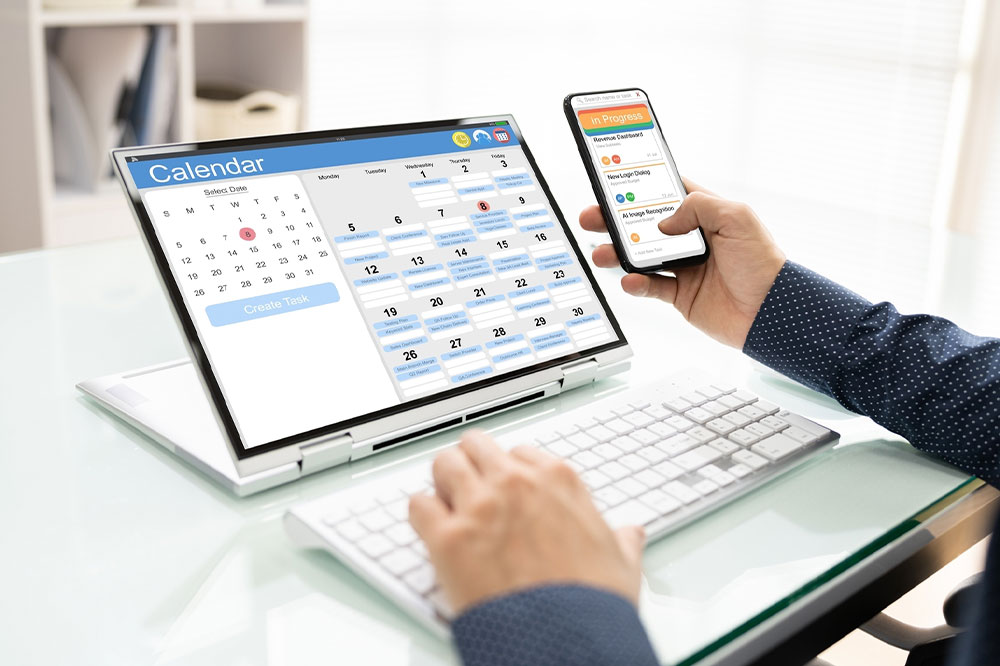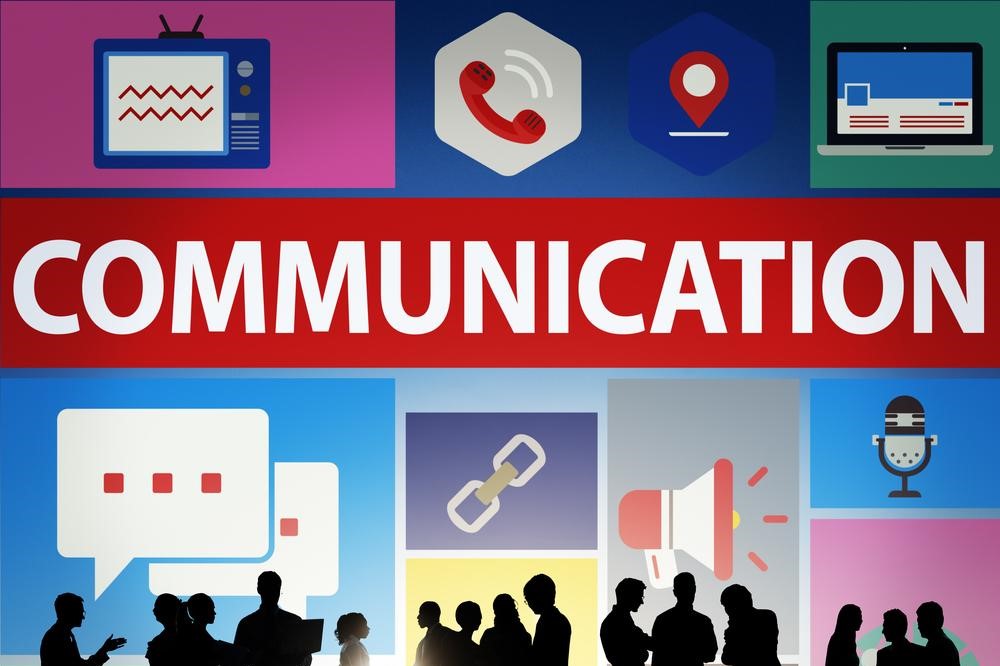Mastering Content Planning with Effective Calendar Use
Learn how to optimize your content creation process with effective calendar strategies. This guide covers choosing templates, planning content types, scheduling posts, and coordinating team efforts. Mastering these techniques helps maintain consistent posting schedules, boost engagement, and grow your social media presence. The article provides practical tips on selecting the right tools, tracking performance, and aligning content goals with your team workflow, ensuring a dynamic and successful online profile.

Mastering Content Planning with Effective Calendar Use
Content creators and social media influencers understand the critical role of a well-organized content calendar. Maintaining a calendar ensures timely, consistent posts that keep audiences engaged, boosting visibility and follower growth. Using a calendar helps plan weekly or monthly content, meet deadlines, and coordinate team efforts, especially for pre-edited materials or collaborations.
A blank monthly calendar template is essential for arranging content strategies. This guide explores various calendar templates and how to utilize them effectively, helping creators maintain a dynamic online presence.
A calendar template comprises empty grids designed to be filled with schedules, deadlines, and content details. These templates are available in Microsoft Word and other software tools, making planning straightforward. Numerous online apps also provide customizable calendar templates tailored to individual needs.
A key reason content creators rely on templates is the irregular nature of freelance work—days of high productivity alternating with low activity. Consistent posting is vital to keep followers engaged and to meet brand or affiliate deadlines. Using a calendar ensures content remains steady across platforms, keeping profiles vibrant and aligned with branding goals.
Before creating a calendar, consider essential factors such as:
Posting Frequency: Regular updates are crucial. Determine an optimal posting interval by analyzing engagement data to meet your objectives.
Content Types: Identify whether you produce videos, articles, images, or a combination. Structuring these helps build an effective schedule.
Team Size: Clarify team roles and sharing permissions. Ensuring team members can access and update the calendar fosters collaboration and keeps everyone aligned, especially managers or assistants.
Choosing the right calendar template involves exploring various options:
Calendar Applications: Apps like Google Calendar, Outlook, and Calendar.com offer online scheduling with features like sharing, reminders, and project tracking, ideal for creating detailed content plans.
Spreadsheets: Google Sheets and Microsoft Excel serve as traditional yet flexible tools—great for customized content calendars.
Project Management Tools: Platforms like Asana, Trello, or Notion combine project tracking with calendar features, streamlining content planning and workflow management.
Specialized Content Calendar Apps: Software such as Contently or Loosely are designed specifically for content scheduling, integrating calendar and project features for creators.
Ensure your calendar aligns with your content goals and team workflow. Tracking engagement and analyzing performance through integrated tools can optimize your strategy for better audience reach.









